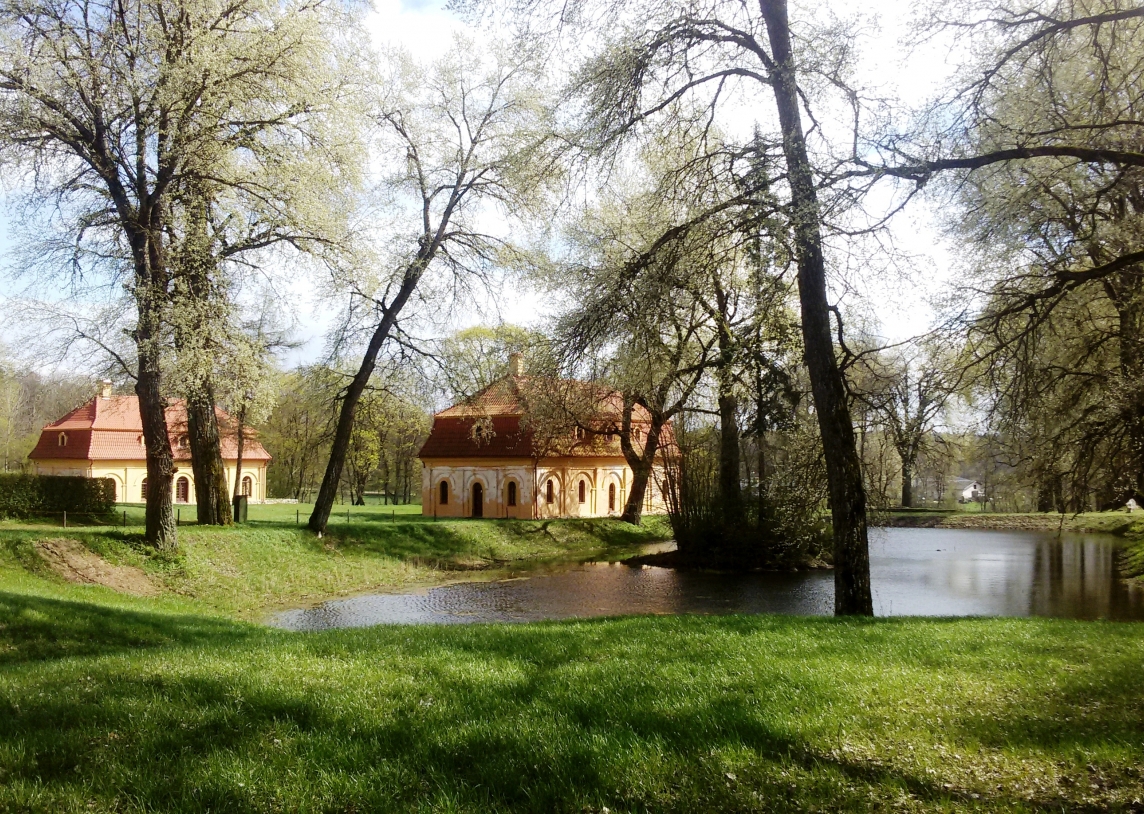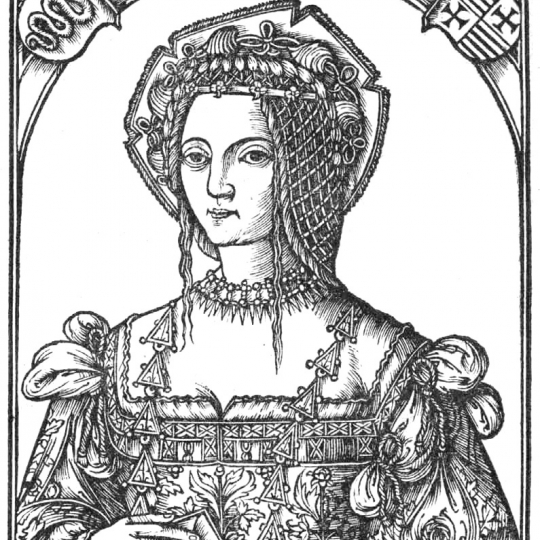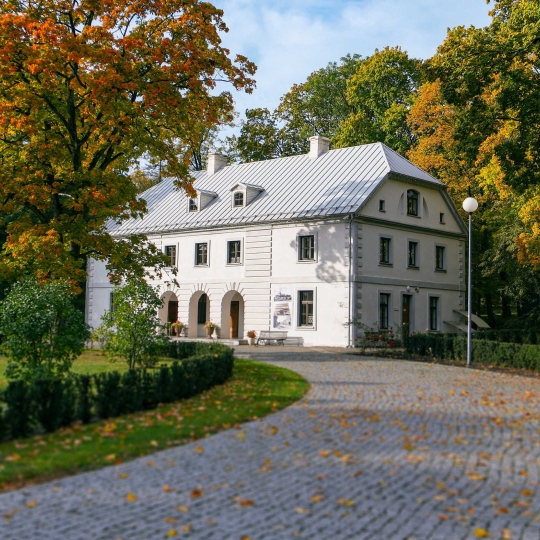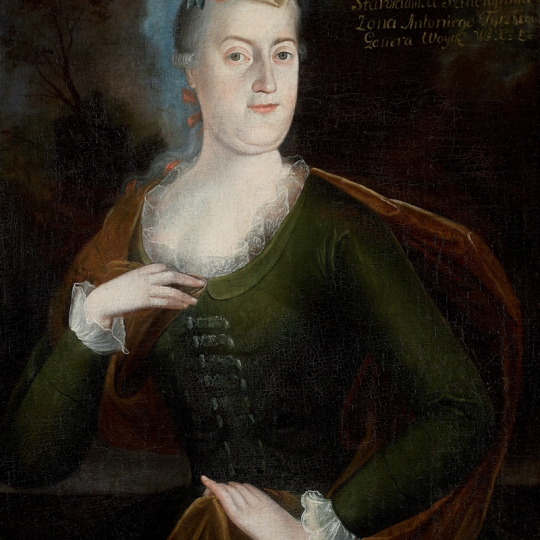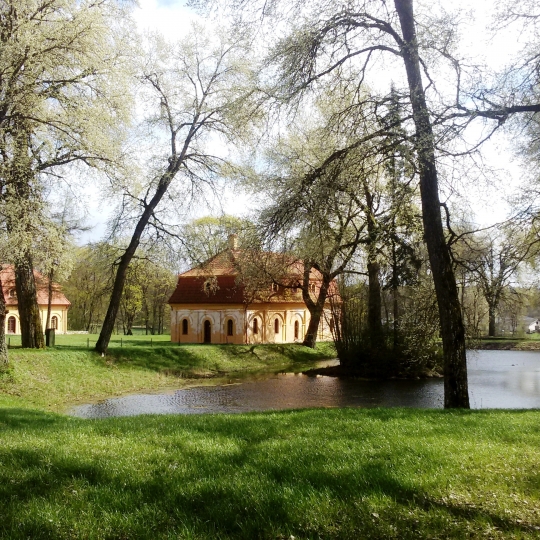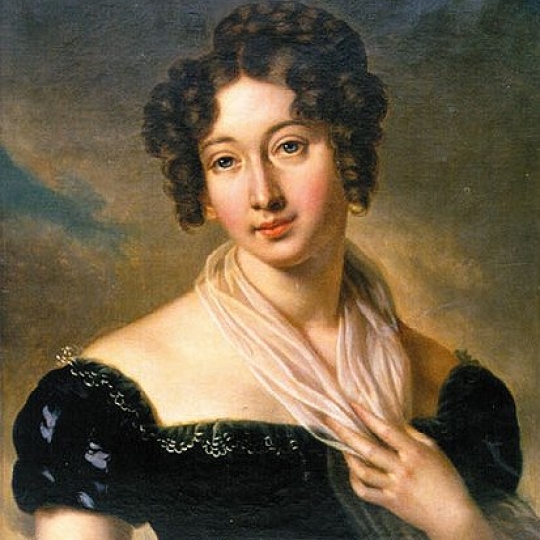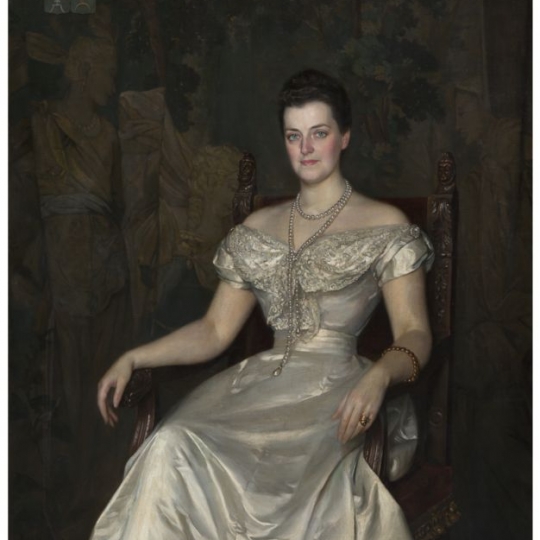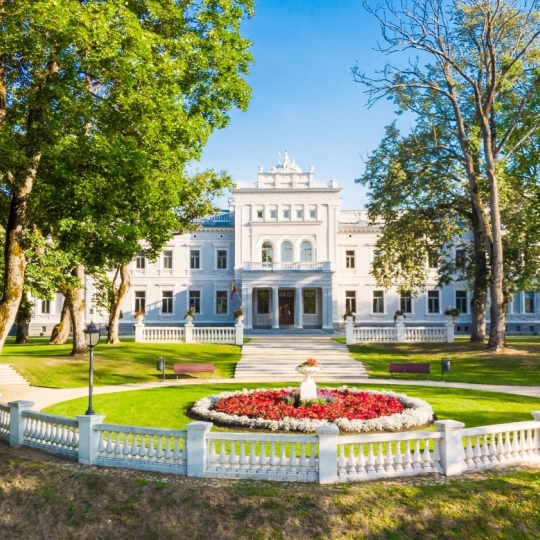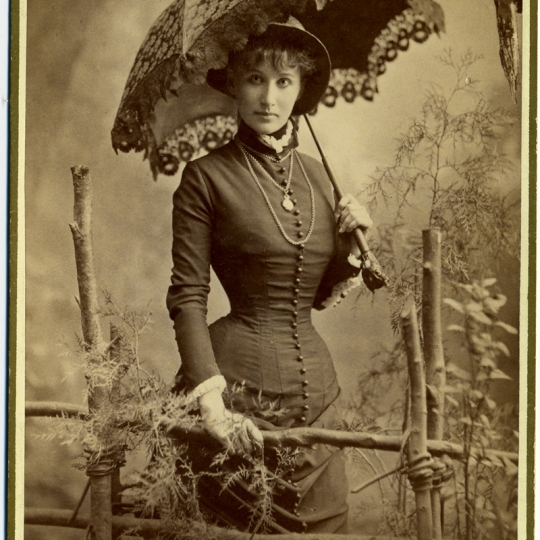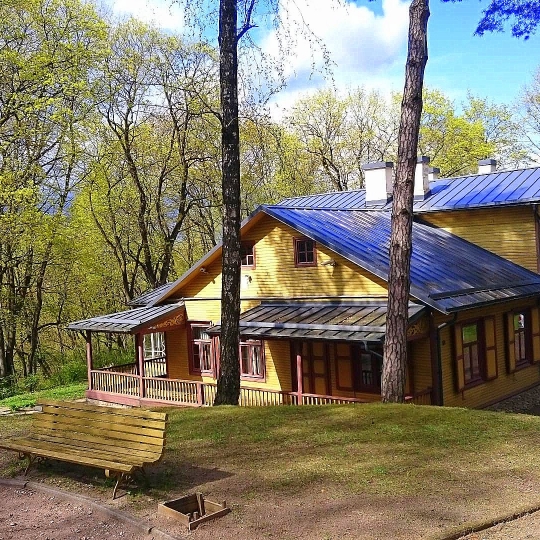Articles
Some Lithuanian manors and some famous women in history
2020 04 22Jurbarkas Manor was the property of the wives of the Grand Dukes of Lithuania.
In the Grand Duchy of Lithuania of the 16th century, the role of the manor was extremely important, and manors run by noblewomen were becoming an increasingly common phenomenon. The manor run by a woman ensured her prestige, enabled her influence, and active participation in society.
The famous Bona Sforza d’Aragona skilfully managed many lands of the Grand Duchy of Lithuania, and the estates she administered brought a lot of profit. A woman with a particularly good education, who is believed to have interacted with Leonard da Vinci in her youth, is known, among other things, for bringing the Renaissance to Lithuanian architecture and art, the fork and some new products, previously considered to be exotic, to the Lithuanian kitchen. As the young wife of Sigismund the Elder came to Lithuania, she received the Jurbarkas Manor as one of the estates. In the 16th century, Bona Sforza expanded the city of Jurbarkas, and on her initiative, a church was built here. Later, Jurbarkas belonged to the other wives of the rulers of the Grand Duchy of Lithuania: Anna von Habsburg, the wife of Sigismund Vasa, Cecilia Renata von Habsburg, the wife of Ladislaus Vasa, and Ludwika Maria, the wife of John Casimir Vasa.
The only known female owner in the history of the Liubavas Manor was a representative of the Tyzenhaus family.
Lady Teresa Tyzenhaus, the elder of Šmeltinskas, inherited the Liubavas Manor near Vilnius from her tutoress Teresa Kryszpinowna and ruled it from 1753. It can be assumed that the daughter of Benedict Tyzenhaus, the elder sister of Antoni Tyzenhaus, had a good upbringing, but in general, little is known about this woman of high descent. In addition, it is not known exactly how long the manor was in the hands of this woman, perhaps only a few months before her marriage the same year, in 1753, to Antoni Kazimierz Tyszkiewicz. However, in the Grand Duchy of Lithuania, it was also common for the estate not to be transferred after the marriage and for the woman to remain the sole proprietor of her pre-marital property. Then Teresa Tyzenhaus might have ruled the Liubavas Manor for a decade, until her death in 1764.
They grew up together: Sofia Tyzenhaus, the first female writer in Lithuania, and Dorotėja Morikonytė, the owner of Kairėnai Manor.
Sophie de Choiseul-Gouffier, the daughter of Count Ignatius Tyzenhaus of Rokiškis, was the first female writer in the history of Lithuania. The countess of exceptional intellect and beauty captivated the attention of Tsar Alexander, while Emperor Napoleon once said: “One pleasant thing about that trip to Russia was getting to know Sofia.”
After her parents’ divorce as a child, Sofia grew up in the Morikoniai family (General Juozapas Morikonis and his wife Konstancija Šadurskytė) together with Dorotėja Morikonyte. Sofia described their shared past and youth in her work “Reminiscences”.
Later she lived in Rokiškis, where she married Count Antoine Louis Octave de Choiseul-Gouffier in 1818. The woman who wrote in French created mainly historical novels based on real facts of the Lithuanian history.
Dorotėja Morikonytė married Józef Mikołaj Łopaciński and settled in Kairėnai Manor. During the reign of this stylish woman known as a cheerful person in Kairėnai, the manor was a lively place, the palace was reconstructed, an extremely beautifully arranged park of English style was established, the features of which have survived to this day.
Plungė Manor has been home to one of the most beautiful European women of her time for almost forty years.
Lady Marija Skuževska Oginskienė, a former hoffraulein of the Austrian Emperor in her youth, in 1876, became the wife of the owner of Plungė Manor, Duke Mykolas Mikalojus Severinas Markas Oginskis, Duchess Oginskienė and settled with her husband in Samogitia, Lithuania. She was considered to be one of the most beautiful women in Europe, but she was also known for her whimsical, arrogant personality. MarijaOginskienė spent almost forty years with her husband at Plungė Manor. She took care of homeless children and orphans, during the press ban, she had established a secret school with the help of priests, and in 1905, after the Lithuanian press ban, she established an official Lithuanian school. MarijaOginskienė also took care of the elderly and sick people. After the death of the Duke in 1902, his wife continued her social, philanthropic activities. With the outbreak of World War I, she left for her native Poland and became an active public figure in Poznan.
The woman, who received the Markučiai Manor with her dowry, eventually became the founder of the first literary museum, the Alexander Pushkin Museum.
Varvara Pushkin received the Markučiai Manor as a dowry from her father, the Russian railway engineer A. Melnikov when she married her first husband VasilyMoškov in 1875. After the failure of her first marriage, on 24 October 1883, the younger son of the poet Alexander Pushkin Grigory became the second husband of Varvara. In 1899, they both settled in Markučiai Manor. Varvara Pushkin was an active public figure, she participated in charitable activities, helped and cared for poor students, supported and encouraged the studies of several orphans, and served as a nurse at the Red Cross during World War I. In her spare time, she took interest in arts, literature, music, fine arts, she drew and painted, and made handicrafts. Her home often hosted meetings of intellectuals, she organized various events. After her husband’s death, Varvara Pushkin made sure the poet’s relics are preserved and left the central building of the manor to the state ordering to establish a museum as her last will. During the German occupation, the Markučiai Manor was badly damaged, Varvara Pushkin, the sole proprietor of the manor, tried to preserve the manor for the rest of her life, but she still had to sell the lands of the manor, until, in the last years of her life, only over 3 hectares of the estate remained with a central homestead. The first literary museum of Alexander Pushkin in Lithuania was established at Markučiai Manor.
___
Follow us on Facebook and Instagram.
